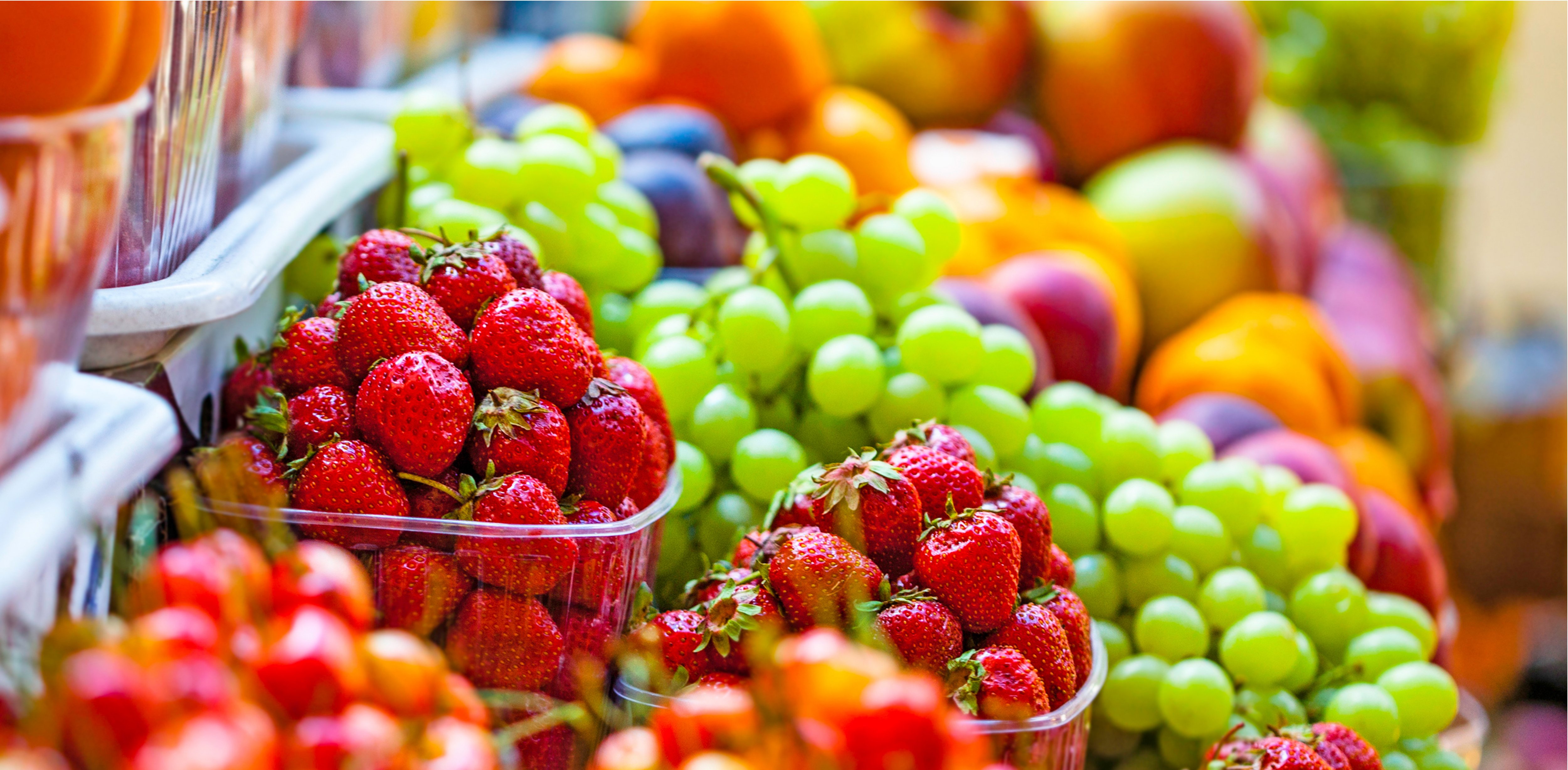
PLANT-BASED, NOVEL FOODS
Challenges and Opportunities in Plant-Based Protein Innovation
DIETARY SUPPLEMENTS